Understanding whether your cat experiences genuine contentment goes far deeper than observing the occasional purr or head nuzzle. As devoted cat owners, you naturally want to ensure your feline companion lives their best life, but deciphering those subtle emotional cues requires more than casual observation. Your cat’s happiness manifests through an intricate web of behaviors, body language, and vocalizations that often get overlooked in daily life.
The challenge lies in recognizing these nuanced signals before they become obvious distress indicators. Let’s explore the sophisticated world of feline emotional expression and discover what your cat is really telling you.
The Language of Slow Blinking
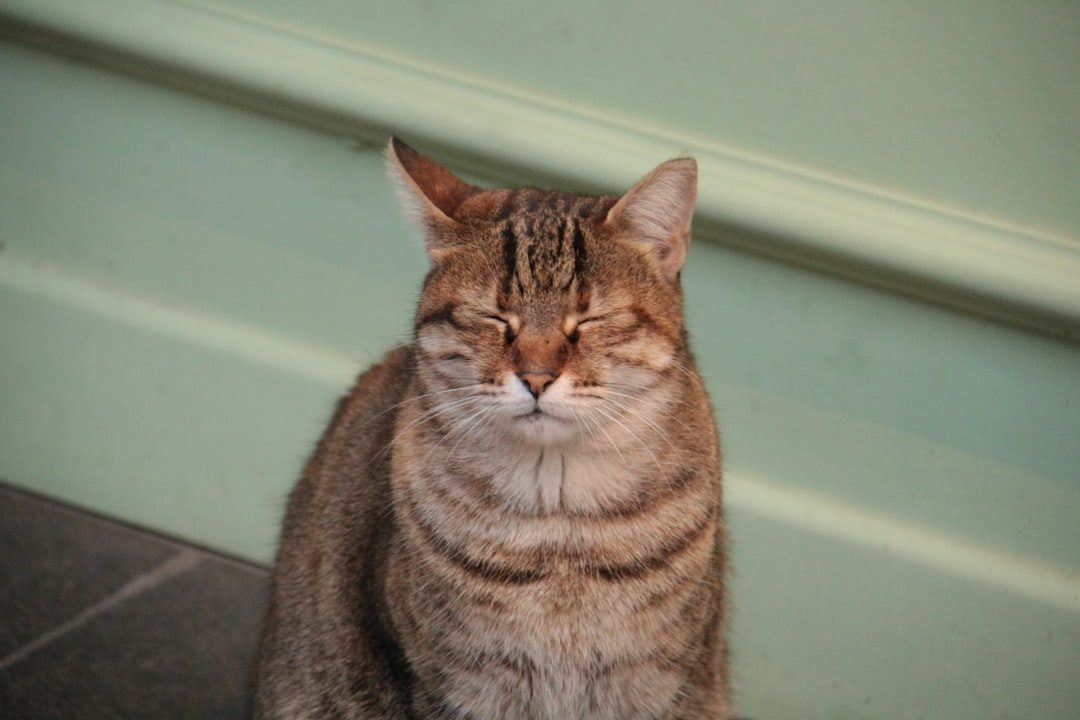
Those lazy, dreamy slow blinks aren’t random sleepy gestures. They’re your cat’s version of sending kisses. A slow blink signals complete relaxation and trust, while rapid blinking with scrunched eyes indicates fear.
This “cat kiss” represents a non-verbal statement of trust that softens tension and reinforces your bond. When your cat fixes their gaze on you and deliberately closes their eyes in that slow, languid motion, they’re demonstrating complete vulnerability. They’re letting their guard down both literally and figuratively, because keeping eyes open remains crucial for survival instincts, and returning the slow blink can deepen your emotional connection.
Try this simple test next time you catch your cat’s attention. Blink slowly back to return the affection. If they respond with another slow blink, you’ve just shared an intimate moment of mutual trust and affection.
Tail Communication Beyond the Obvious

A happy cat’s tail points upright as their way of saying “Hi! Nice to see you!” while a quivering tail held high usually declares happiness and excitement. Their tail might be held upright with the tip curved like a question mark.
However, the subtleties matter enormously. Their tail may wave gently and rhythmically from side to side when held off the ground, but it should not be swishing, thrashing, or thumping. A relaxed posture with the tail casually lying beside them when sitting implies security and satisfaction.
Watch for those moments when your cat approaches with their tail forming that distinctive question mark curve. This specific positioning indicates they’re feeling particularly social and confident. The tail becomes their emotional barometer, broadcasting their internal state with remarkable precision.
The Art of Environmental Interaction
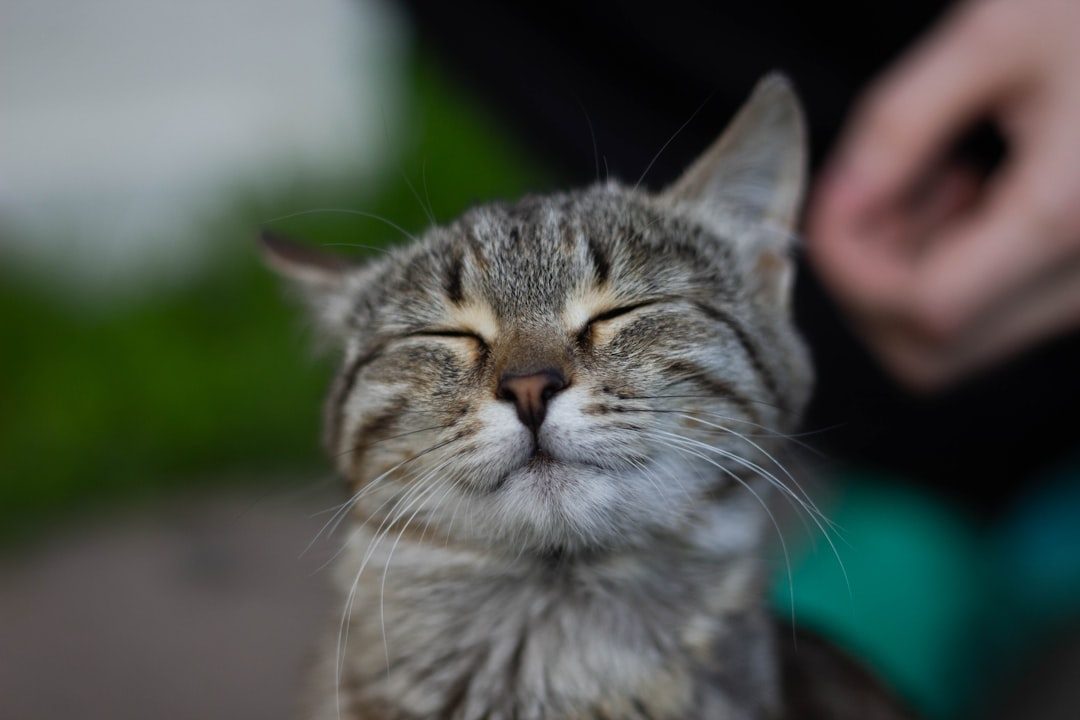
Whether scratching a post or watching birds outside, interaction with their environment often indicates a happy cat. A cat that approaches you with their tail high, rubs against you, butts you with their head, and seems interested in what your hands smell like or what you’re carrying probably feels happy.
Your cat’s curiosity about their surroundings reveals their emotional comfort level. A happy cat may observe their surroundings calmly, using keen eyes to explore and take everything in. Conversely, a fearful cat may shy away from exploration, demonstrating hesitance or avoidance.
Notice how your cat engages with new objects, sounds, or changes in their space. A truly content feline will investigate with measured confidence rather than immediately retreating or showing defensive postures. Their willingness to explore demonstrates they feel secure in their territory.
Subtle Facial Expression Signals
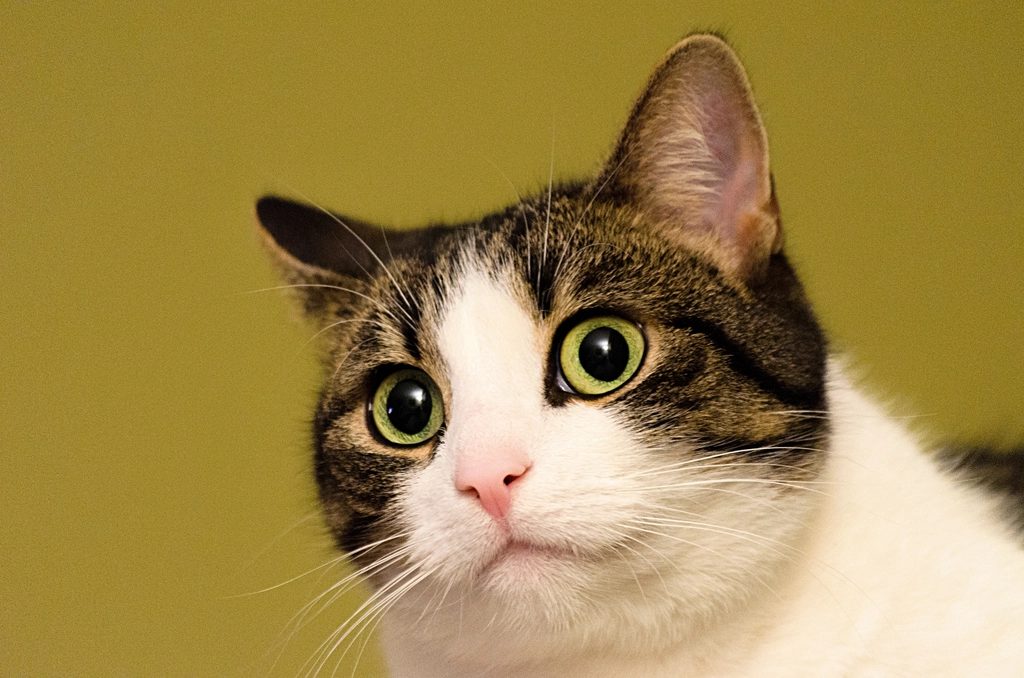
Despite their aloof reputation, cats are actually quite expressive creatures capable of producing 276 different facial signals. Happy cats tend to have their ears relaxed and facing forward, indicating they feel safe and comfortable.
A relaxed cat may have loose whiskers that appear slightly curved. When your cat is happy and content, their whiskers are typically relaxed and positioned forward, slightly spread apart, signaling ease and comfort that reflects their overall well-being.
Their whiskers are relaxed and you may even notice a slow blink if you watch their eyes closely. These micro-expressions often get missed because we’re not looking closely enough. Your cat’s face tells a constant story of their emotional state through these minute adjustments in ear position, whisker placement, and eye configuration.
Playfulness as a Happiness Indicator
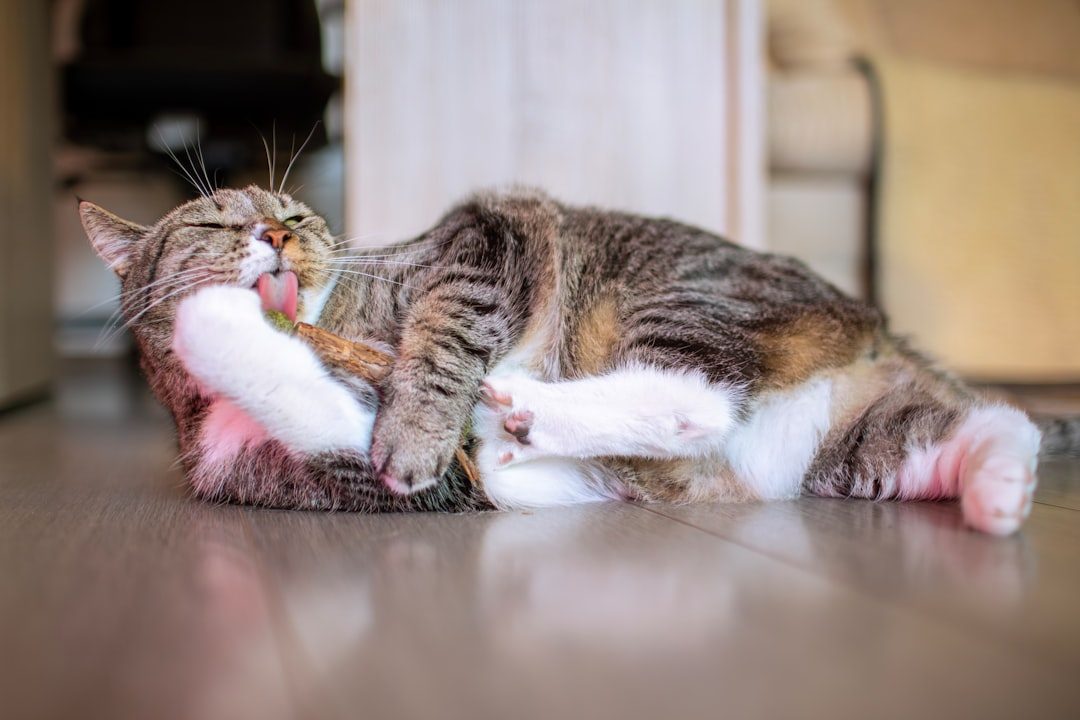
If your cat is always ready for a battle with the feather wand, that’s a good sign they’re loving life because a happy cat is a playful cat. When your cat suddenly pounces on their toys or initiates games, it’s not just burning calories but showcasing contentment and well-being, as a playful cat is undoubtedly a happy cat.
Playfulness indicates your cat is not only in good physical health but also mentally stimulated and content, as it’s their way of saying they feel safe, trust you, and are ready for fun. When cats are stressed or unwell, they’re more likely to withdraw and avoid play, so if your feline companion eagerly engages in playful activities, take it as a glowing sign of contentment.
Even senior cats retain some playful spark when happy, though their energy levels naturally decrease. The key lies in recognizing their individual play style and frequency, then noting when they engage willingly rather than seeming disinterested or lethargic.
Vocalization Patterns and Emotional States
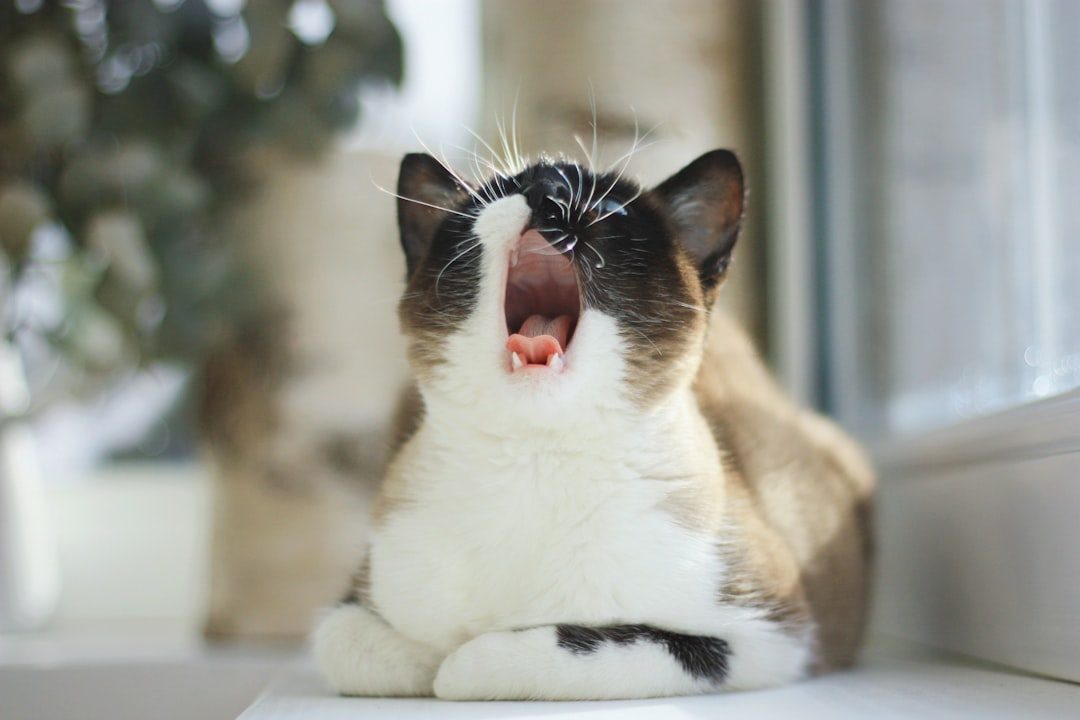
Vocal cues are often a reliable gauge of emotional state, offering invaluable insights into contentment levels, as their unique sounds like purring, chirping, or soft meowing can serve as signs that they’re feeling happy and secure. High-pitched meows and greeting meows are especially cheerful, and you might find that your cat enjoys engaging in conversation with you.
A rhythmic, steady purr often represents the hallmark of a content cat expressing satisfaction and ease, while chirps or trills are typically used to greet those they feel safe around. Soft, melodic meows can also signify contentment and willingness to interact, as these vocalizations serve as their way of communicating inner happiness.
Listen for those subtle differences in your cat’s vocal repertoire. The morning greeting meow sounds distinctly different from the demanding dinner meow. A truly happy cat develops a rich vocabulary of positive sounds they use specifically when feeling content and social.
Physical Comfort and Grooming Habits

Consistent appetite and routine self-grooming are reliable signs of a secure, stress-free environment, as a cat that eats regularly, maintains coat cleanliness, and grooms without over-licking demonstrates both physical health and psychological stability. A cat’s physical appearance can serve as a strong indicator of overall contentment, as when happy, their coat is likely sleek, clean, and free of mats, showing regular grooming associated with contentment.
Eating well is almost always a sign of a happy cat. Similar to humans, a cat’s emotional state influences their appetite, and happy cats generally look forward to mealtime and treats with healthy appetites.
Grooming spreads natural oils for skin and coat health, while the repetitive, rhythmic motion provides comfort and reduces anxiety, linking everyday self-care directly to emotional harmony. Watch for consistent grooming patterns rather than excessive licking or neglecting their coat entirely, both of which can signal emotional distress.
The Ultimate Trust Signals
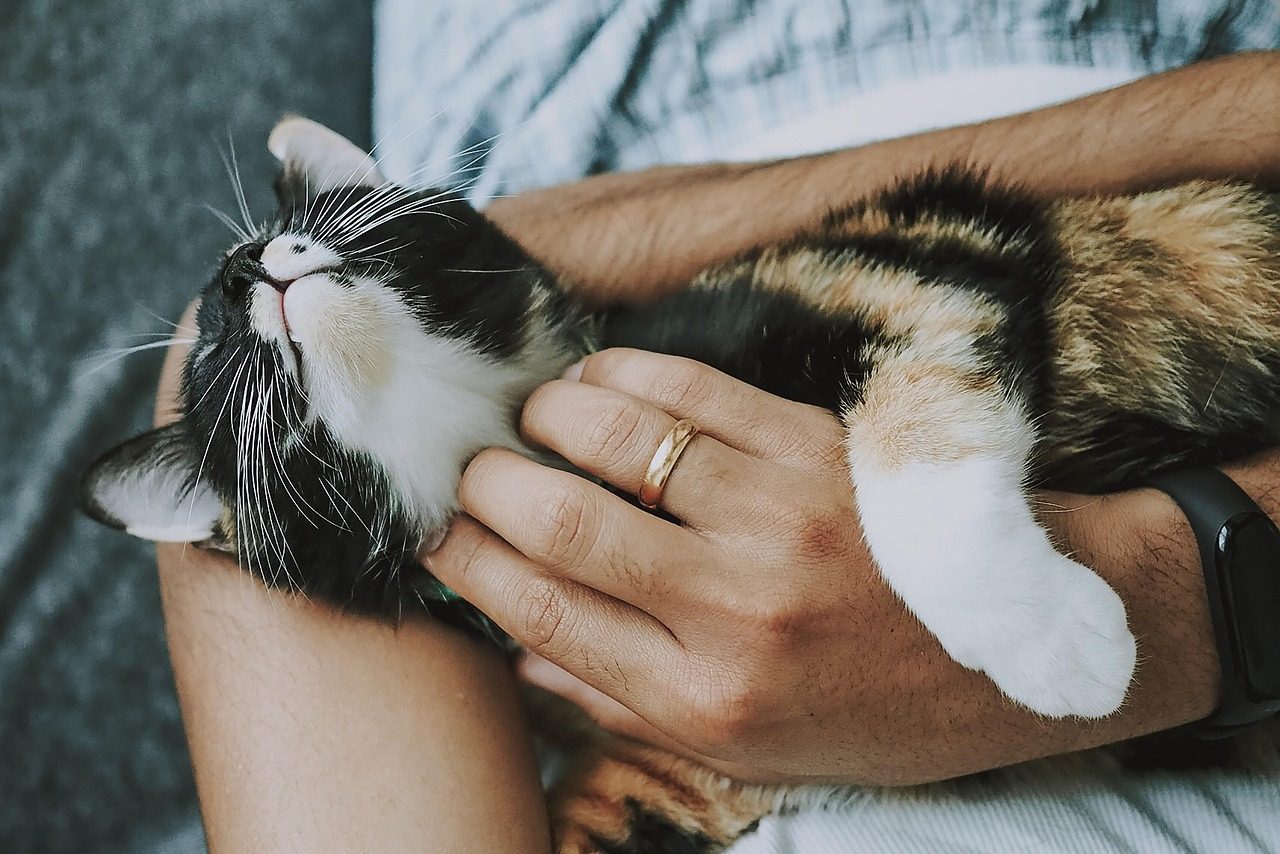
Rolling on their back and showing their belly is something cats only do when feeling very content and secure, and when your cat suddenly rolls onto their back, it’s a way for them to show happiness and affection. Affectionate gestures such as head-butting, nuzzling, and co-sleeping illustrate strong social bonds, and when your cat rubs its head against you, it transfers scent markers that integrate you into its social group.
Thought to be a throwback to the security that kittens feel when kneading on their mother, kneading is a clear sign that a cat is extremely happy. Cats often knead on soft surfaces or laps when feeling content, and this “making biscuits” behavior involves rhythmic pushing with alternating front paws while extending and retracting claws.
Choosing to curl up on your lap or sleep beside you further confirms secure attachment, representing key indicators of happiness. These ultimate trust displays mean your cat views you as family, not just a food provider. They’re sharing their most vulnerable moments with you because they feel completely safe and loved.
Understanding your cat’s true emotional state requires patience, observation, and genuine attention to their subtle communication methods. Much like humans, your cat feels happy when all their needs are being met and they feel relaxed and comfortable. By recognizing these nuanced signals of contentment, you’re building a deeper connection with your feline companion and ensuring they receive the emotional support they need to thrive. What small happiness signals have you started noticing in your own cat’s daily behavior?





